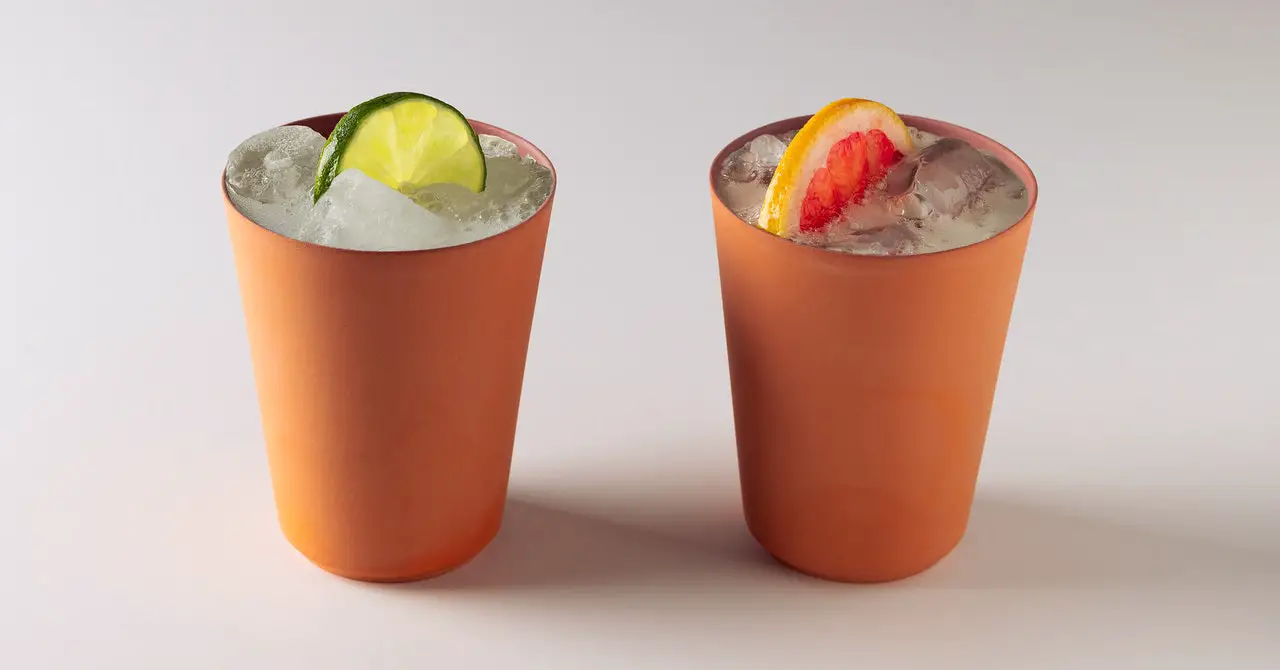
It’s sort of like seeing a fingerprint in a handmade ceramic mug. Toolmarks tell the story of its manufacture, and while the tools utilized here are new, the process is the same. You take wet clay from the earth, dry it, grind it into powder, then reintroduce water until it achieves the consistency you’re looking for. Then you shape it, glaze it, and fire it.
There are more than 3 million potters in India who make wares like the kulhars and bhars that inspired GaeaStar’s cup, continuing local traditions that go back thousands of years. Paper and plastic cups have endangered the livelihoods of these potters, but there have been efforts at the local and state levels to encourage the use of traditional clay vessels instead of the cheaper, more environmentally troublesome alternatives.
Sourcing the Clay
In Seattle, I see public trash cans stuffed full of paper cups and feel guilt every time I have a paper cup sitting on my desk. But are GaeaStar’s clay cups better for the environment than disposable paper cups? Mankotia says yes, but the reality is more complicated.
Clay mining in the US is often synonymous with open-pit mining, which is just as environmentally disastrous as it sounds. Open-pit mines permanently damage ecosystems by their very nature. Removing vegetation, topsoil, and layer after layer of earth to get to the minerals underneath releases harmful particulate matter into the air, as well as toxic metals and other runoff into nearby water systems. Open-pit mines are responsible for sinkholes, erosion, and environmental and habitat loss the world over.
So clay, even sourced locally, isn’t a sustainable silver bullet to end the use of paper and plastic in disposable cups. It’s a tradeoff we’re all pretty used to, though—the kind of thing we weigh when we decide whether to order something from Amazon or to buy it at a store in our communities.
For paper cups lined with plastic, every step of their lifecycle is the problem—from raw material extraction of wood and petroleum to manufacturing, shipping, and disposal. All of it causes irrevocable harm that lasts generations. With GaeaStar’s clay cups, the industrial processes that produce the raw material are the biggest problem. It’s not a perfect solution. Choosing the lesser of two evils is always a devil’s bargain, but sometimes it’s the best we can do.







